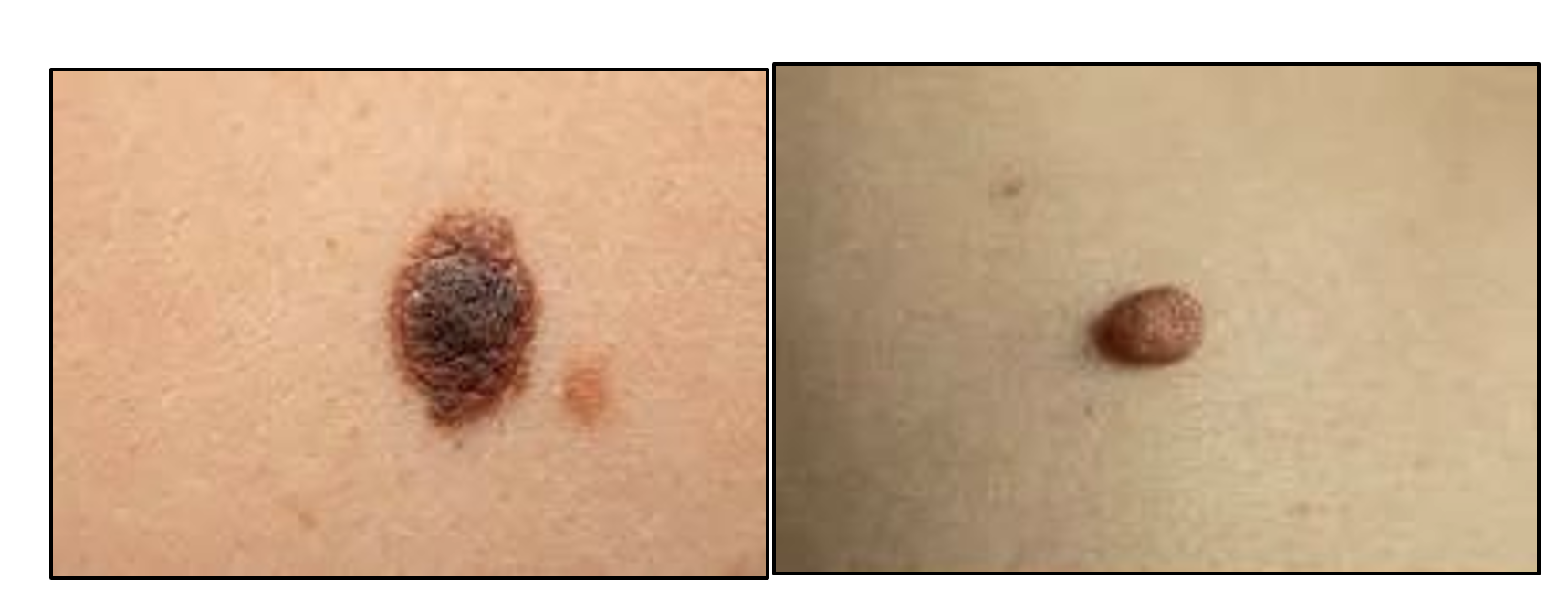Moles & Nevus Appearing in old Age
OUR RESULTS
MOLES AND NEVUS APPEARING IN OLD AGE
Our skin undergoes many changes as we age. One of them being, appearance of new moles or pigmented spots called nevus. Any new or changing pigmented lesion should be evaluated by a dermatologist or plastic surgeon.
Why do moles and nevi appear as we age?
- Aging: Skin changes as we age, particularly in sun-exposed areas.
- Sun exposure: Years of sun exposure can cause an increase in the number of moles.
- Genetics: New moles can be influenced by your individual genetic makeup.
When to get them checked?
- While most moles and nevus are benign or non-cancerous, it is still best to look out
- New mole changing shape, size, colour or height.
- Itching, bleeding or pain
Book Appointment
- ABCDE guide in case of irregular features, wherein
A – Asymmetry – one half doesn’t match the other
B – Borders are ragged, blurred or irregular
C – Colour is uneven – brown, tan, red, blue or black
D – mole larger than 6 mm in diameter
E – evolving over time in appearance over a short period
B – Borders are ragged, blurred or irregular
C – Colour is uneven – brown, tan, red, blue or black
D – mole larger than 6 mm in diameter
E – evolving over time in appearance over a short period
- Ugly duckling sign – A mole that looks distinctly different than rest of the moles on your skin.
- Changes in existing moles- if they form scales, itch, bleed or have any changes in the shape, size and colour.
How do you protect your skin?
- Sun protection – Limit your daily sun exposure, wear protective clothing, use sunscreen to reduce your risk to skin cancer.
- Regular follow-ups: Monitor any skin changes by ensuring a visit with your Physician / Geriatrician.
- Observant: If you notice any new skin changes, promptly seek help of a Dermatologist or a Plastic surgeon.
Any new lesions can be examined and sent for biopsy if the need warrants. Most harmless moles can be safely removed for cosmetic or comfort reasons using radiofrequency, laser or minor surgery under local anaesthesia.

